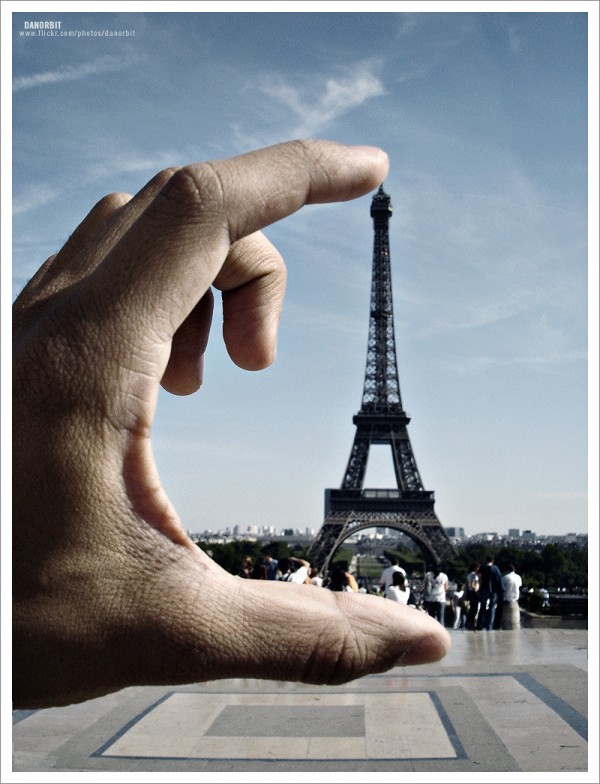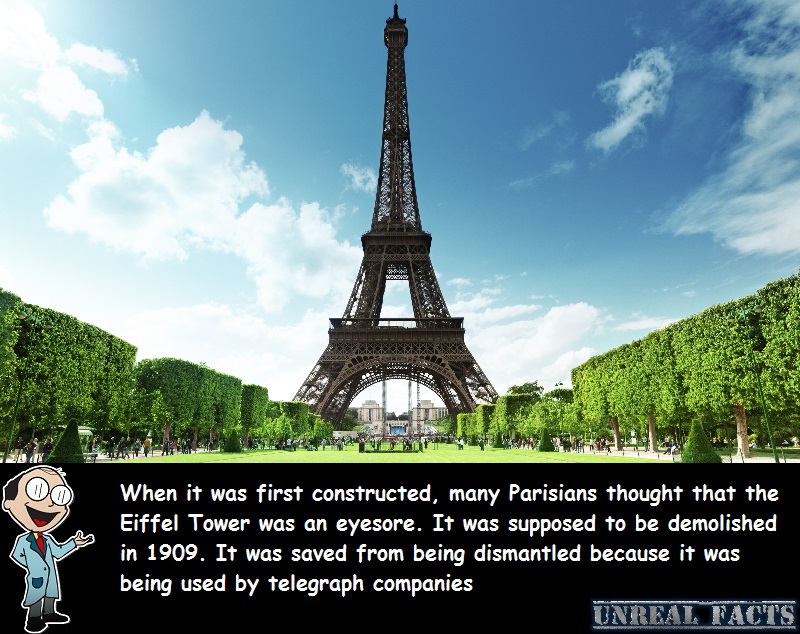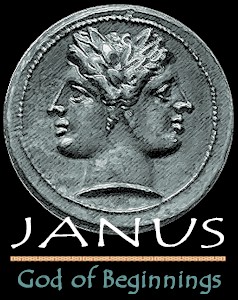The Eiffel Tower was almost demolished in 1909. But why would the centerpiece of French culture and architectural innovation face the wrecking ball, and what saved it? Well, it was only designed for one purpose, and one of the most ordinary of devices prevented its ultimate destruction.
When construction work on the Eiffel Tower commenced in January, 1887, the purpose of the tower was to provide an entrance to the World’s Fair, and to celebrate the 100th anniversary of the French Revolution. The majestic spire was never intended to be a permanent structure. It was only supposed to serve its job during the World’s Fair, then face demolition 20 years after it was completed in 1909. It does seem peculiar that a national symbol of just about everything French would be destroyed, but when it was first made it wasn’t even popular.
Many Parisians simply hated the design of the tower. They thought that it would be an eyesore to the beautiful city, and many wanted it gone. In fact, there were actual protests about its construction. Giving in to the demands of the cities citizens, it was scheduled to be torn down twenty years after it was unveiled in 1909. But obviously it wasn’t. What was it that prevented the Eiffel Tower being almost demolished in 1909?
Well Parisians might not have liked the look of the tower, but that didn’t mean that it wasn’t useful beyond its intended use. Due to its height, telegraph companies fixed transmission antennas to the top of the one thousand foot structure. It’s extended height made it the perfect place to erect antennas. It was this use that stopped Eiffel Tower being demolished in 1909. Not a cultural love for it, but the simple fact that it was providing a useful service for a public utility.
Over time the tower would become home to new types of communication equipment, such as radio and television transmitters, with up to 120 antenna now atop the structure. Today its seen as a symbol of French culture, not just a useful stand for transmission equipment.









